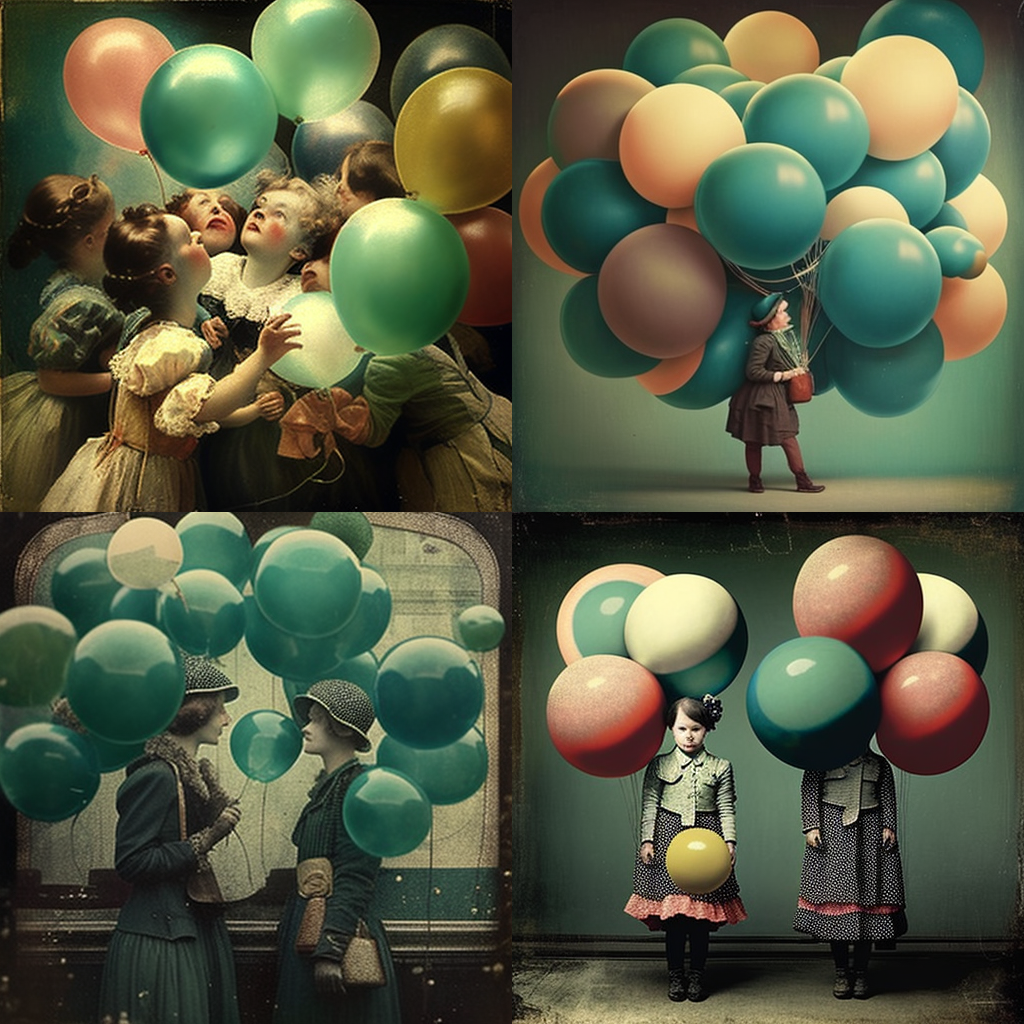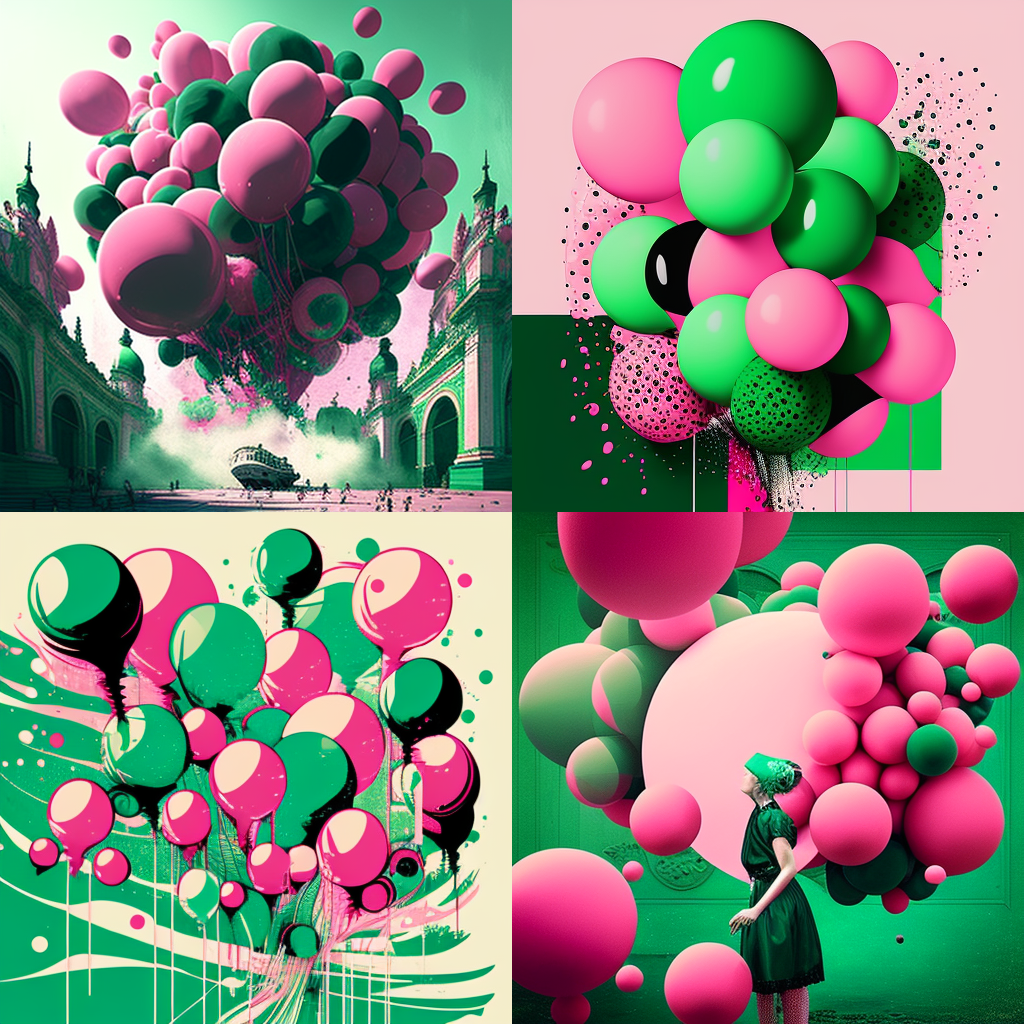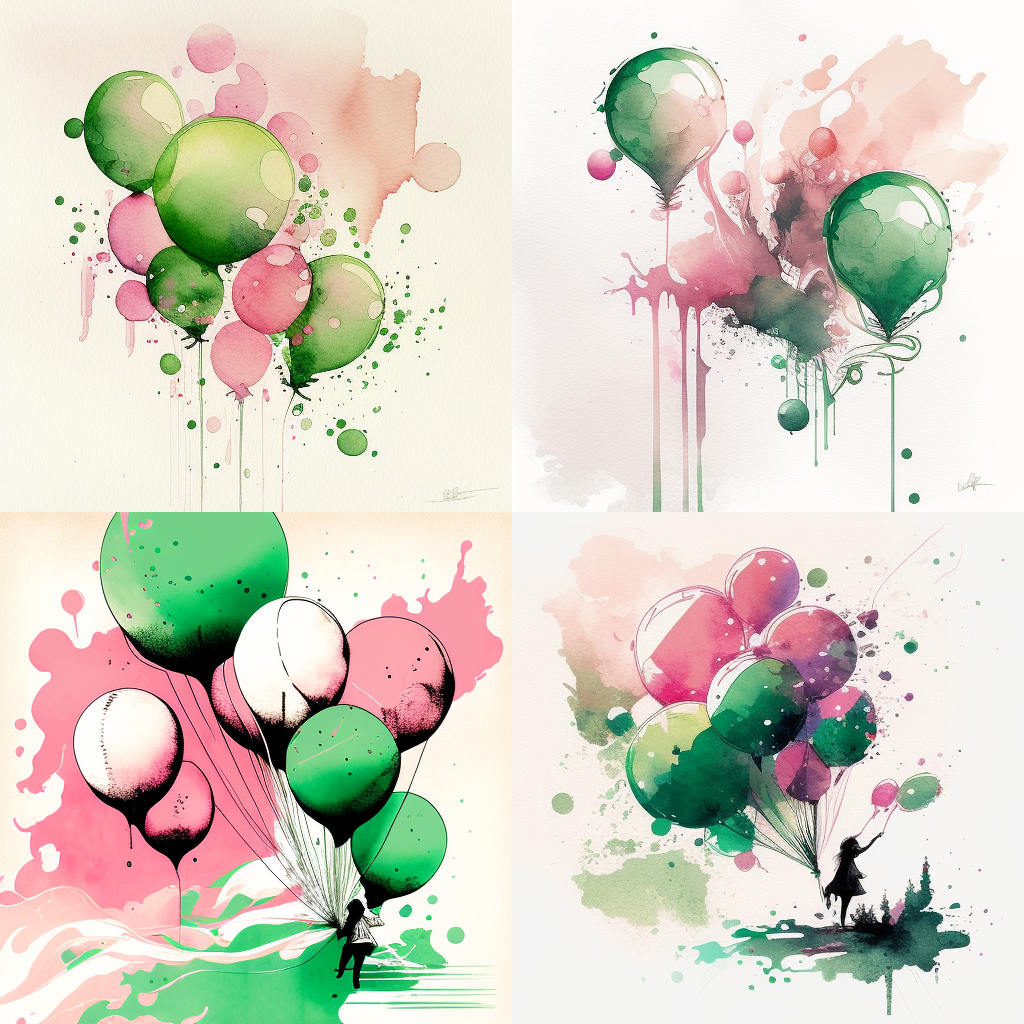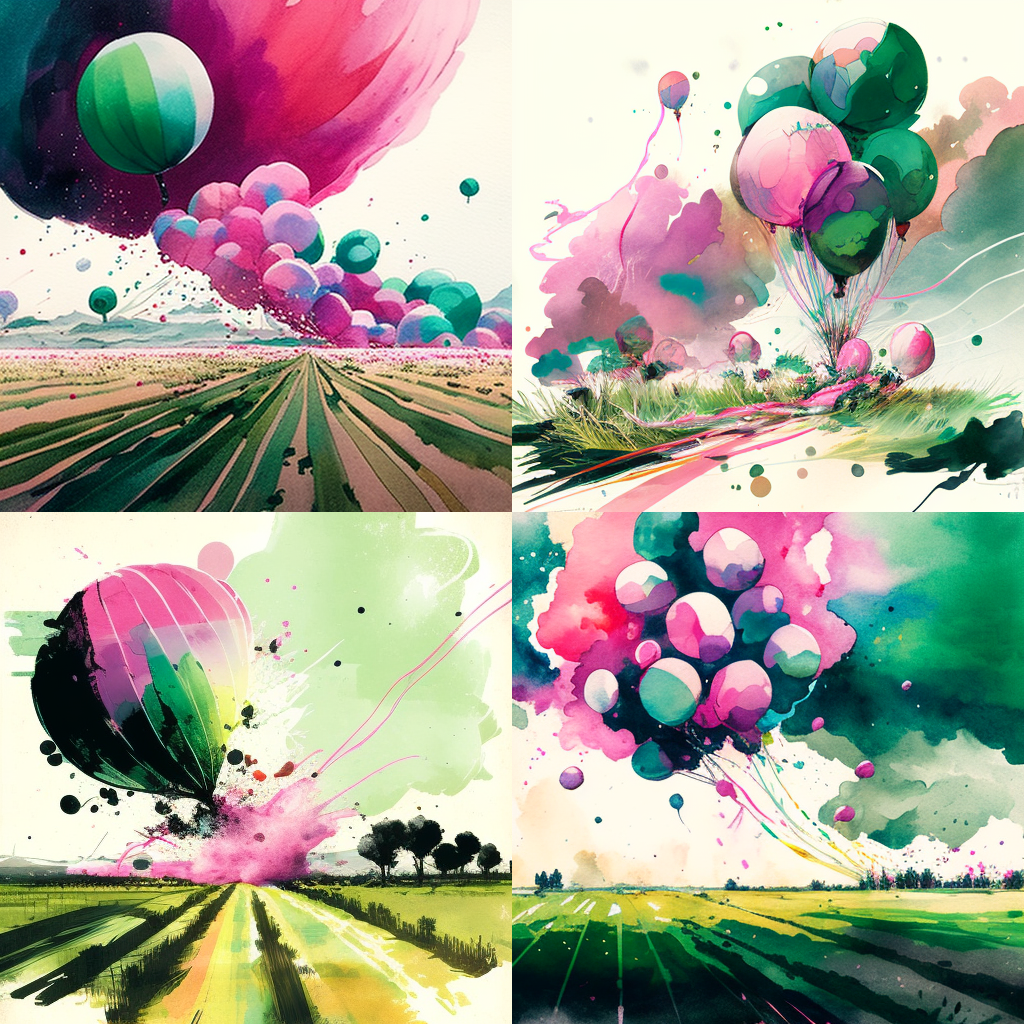My Experiments with Midjourney for this Blog

For this blog, my goal was to create a unified aesthetic using AI-generated imagery (through Midjourney) that would remain consistent across multiple posts. I wanted to avoid the randomness of images with varying subjects, colors, and styles, which is more typical of corporate marketing materials. I already see these kind of AI-generated images saturating social media platforms on a daily basis, particularly LinkedIn.
I wanted something fitting that gave a unique and consistent look and feel. I am not a guru prompt hacker on Midjourney so I came up with a rather simple approach which is nonetheless quite effective.
Learn to step back, and constrain yourself
My first observation when using Midjourney was that I initially tried to tell the prompt what I wanted, but I had an idea in my head (without realizing it) of exactly what I wanted. So, my first tweak was to step back from the page, so to speak, and learn to see the image for what it is, rather than what I had in my head.
Next, I learned a few tricks from being a digital artist way back when, and one important lesson is that it's better to work with constraints than without. So, to that end, I recommend constraining the aesthetic style, theme, and color palette of your prompt commands. Try to think of the type of stylistic 'idea' you want and work within that.
Below are some actual prompts I used in Midjourney for this post, together with the results.
Theme
Regarding the theme, think about the subjects you want to include in the image, such as objects or people from a specific period or fashion era.
Example prompt:
/imagine balloons from the 1920s
Result:

Color
For the color palette, I recommend imposing limitations on the colors. Check out this very helpful article: https://medium.com/@davidcomfort/using-color-and-color-theory-in-midjourney-c13f38130e2f
Sample prompt:
/imagine Pink and green colors, balloons from the 1920s — chaos 0
Result:

Aesthetic
As for the aesthetic style, you can use various methods, but I prefer the 'style' command, for example:
/imagine Pink and green colors, balloons from the 1920s, style watercolor painting — chaos 0
Result:

Composing
From this point, you can begin composing images. For example, if I were writing an article about 'free and fast publishing,' I could explore many, many, angles but it's better to keep it somewhat abstract:
/imagine Pink and green colors, balloons from the 1920s blown sideways across a field by a raging storm, style watercolor painting — chaos 0
Result:

As with GPT-4, you need to iterate until you find something that satisfies you.
Summary
Although these aren't advanced 10x prompt engineering tips, I discovered that this method is both efficient and a LOT of fun! The advantage of this method is that it enables you to, reasonably easily, maintain a consistent look and feel throughout a site. As you get better at using the Midjourney prompt your image composition will also improve to better fit the subject matter of your content.
© Robots Cooking, 2023, CC-BY-SA
Image ('Midjourney Experiments') public domain, created by MidJourney from prompts by RC.

Member discussion